21 People Whose Friendships Ended Overnight for Silly Reasons
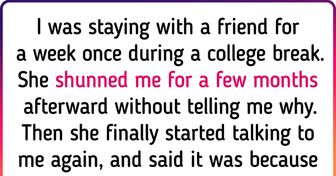
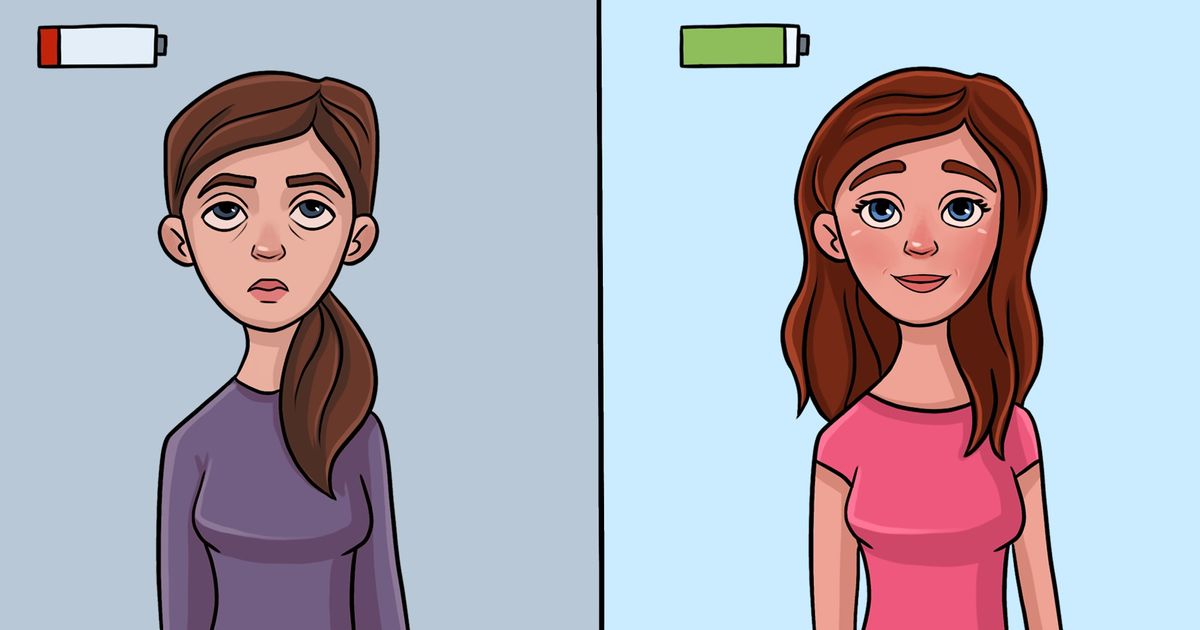
The Sun Salutation, known as the Surya Namaskar in Sanskrit, is a set of 12 repetitive asanas said to come with a number of health benefits. For example, the inverted poses like the downward dog can help better blood flow and circulation. It’s a superb exercise, one that can be done minus any equipment, and one that can be modified for any age and proficiency level. And while much of yoga is steeped in legend, we bring you some scientific proof to our claims.
On that note, Bright Side collated some of the many benefits of the Sun Salutation. And why it can do so much for your mental and physical well-being.
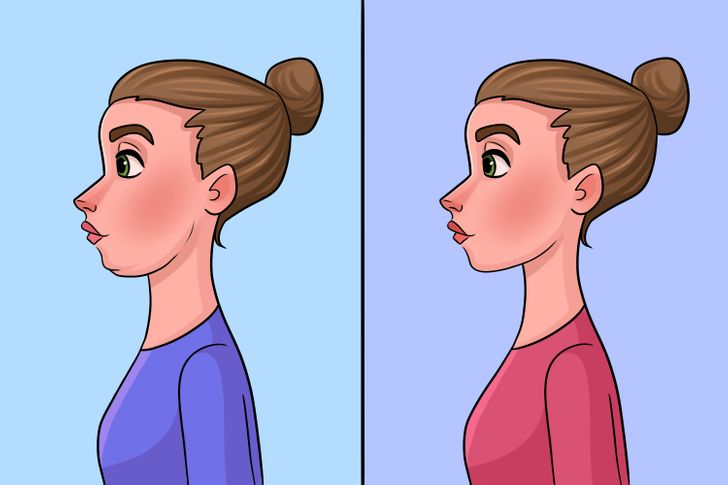
A single Sun Salutation is a set of 12 asanas or poses and is dubbed as one round. Each Sun Salutation round burns about 13.90 calories, if done fast, and takes about 30 seconds to a minute to complete. If you take a minute to complete one round and do 30 in 30 minutes, you burn 417 calories.
Of course, this speed and number of Sun Salutations will take time and practice to achieve. If you are just starting out, it’s best to take it slow. And the good thing is, even the slower practice has similar health benefits.
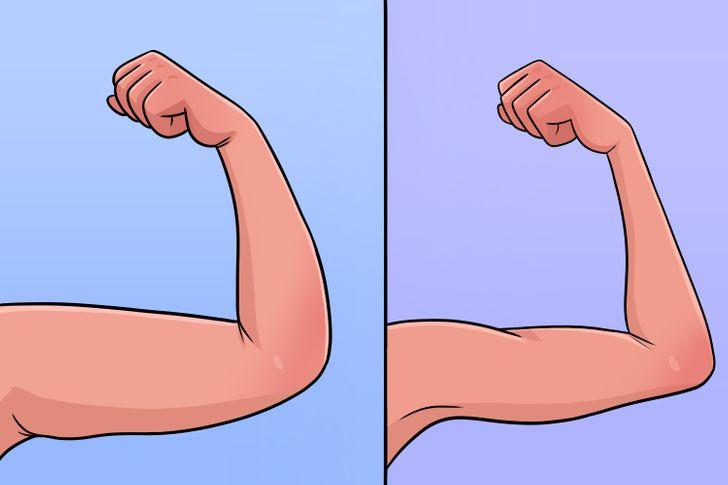
The Sun Salutation can be done fast or slow. If done speedily, it turns into a cardio exercise with moderate intensity, better than walking but lesser in intensity than running. It utilizes all the major muscle groups of the body and helps in toning and weight loss.
While more exhaustive studies are needed to pinpoint the exact changes that can happen to a body by doing Sun Salutations, remember, it’s called a complete workout. It helps in the stretching of the muscles and strengthens the joints as well.
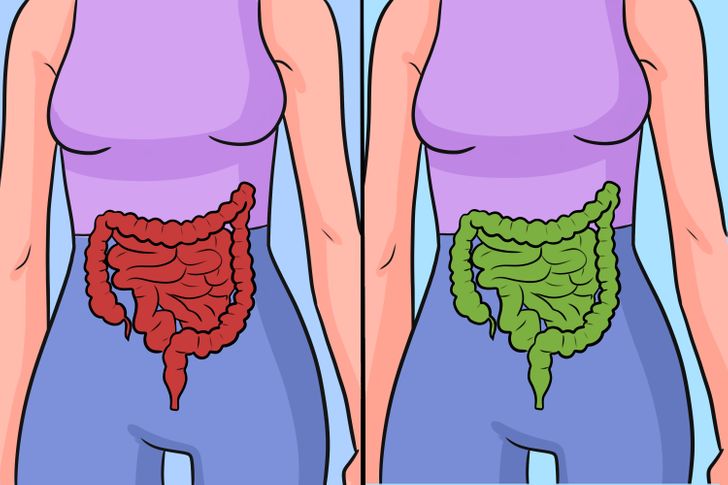
Some poses of the Sun Salutation, as we will illustrate at the end of this article, compress and stretch the digestive organs of the body. If performed in the morning on an empty stomach, it can rid the body of toxins and aid in better digestion, overall.
Along with better digestion, a Sun Salutation, as with any moderately-paced, regularly-practiced exercise, can improve metabolism. Basically, if you eat healthy along with the regular practice, it can aid in weight loss and the better absorption of nutrients in the body.
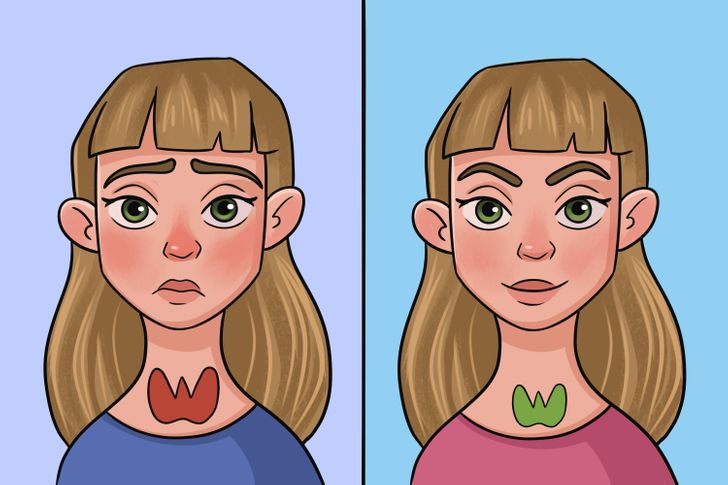
Studies indicate that the regular practice of a Sun Salutation can balance thyroid levels in the body because one of the poses in it compresses and stretches the thyroid gland. It can also help regulate insulin levels in the body in those with Type 2 diabetes, regulate the other hormones produced in the body, and help women regulate menstrual cycles as well.
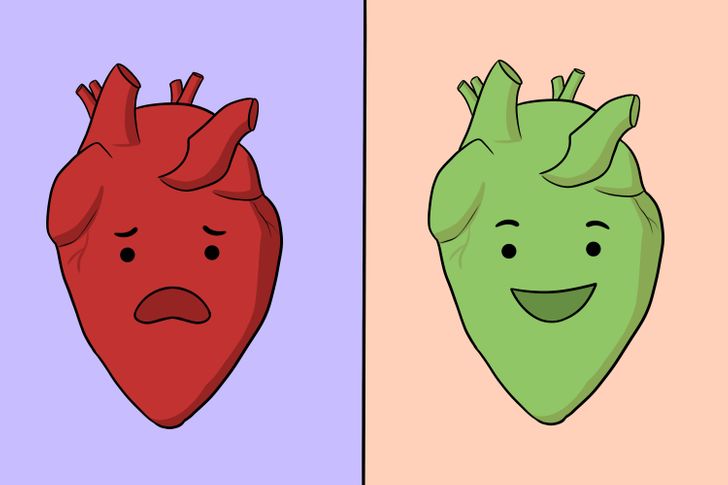
Practicing Sun Salutations regularly can better cholesterol levels according to a study. Other studies show that even moderate-speed practice, the kind that burns fewer calories, also improves cardiovascular function.
Of course, it’s not just Sun Salutations or yoga, any and all exercise betters heart health. So it’s always a good idea to be on the move as much as your lifestyle and health will allow.
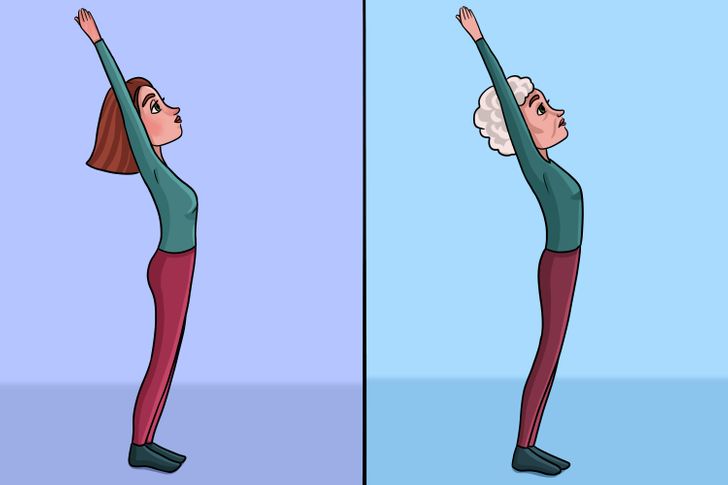
The Sun Salutation in its original form is quite the workout. But it can be modified and made easier for the elderly, or those with injuries and mobility issues. While the calorie loss may not be as significant, there is always benefit in any amount or kind of exercise.

Yoga is also considered beneficial for anyone who wants to raise their immunity levels, which is very pertinent in today’s world. The regular practice of Sun Salutations promotes better health and improved bodily functions, this improves immunity as well. More because of the pranayama, as in the breathing exercise that goes along with the asanas.
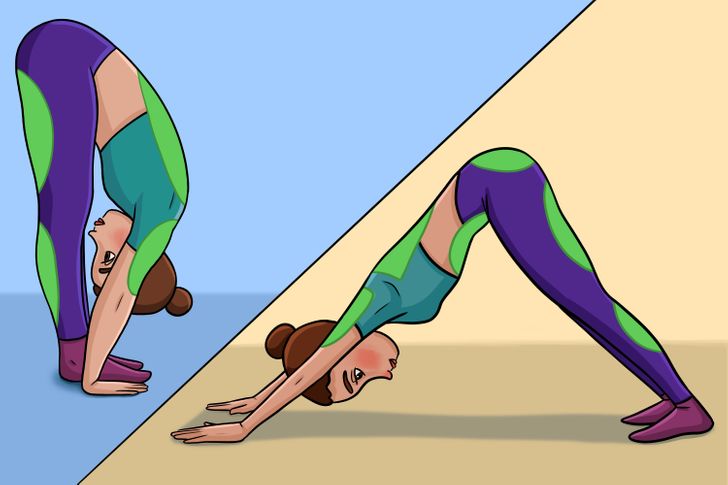
In a controlled study, where some women did yoga (including Sun Salutations) and others did aerobic exercise, results showed that better sleep came with the practice of the former. In the inversion poses in Sun Salutations, where the head is lower than the spine, the blood rushes to the head. It is thought this improves sleep and sharpens mental acuity as well.
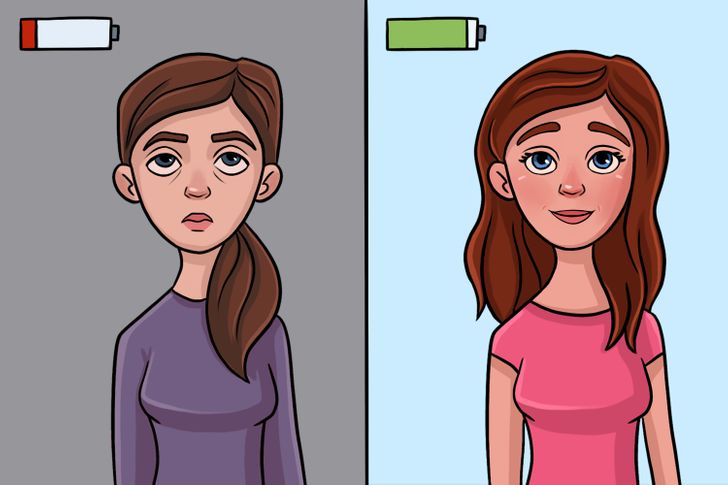
This is how to perform the 12 steps of a Sun Salutation, as shown in the picture above, moving left to right.
Have you practiced Sun Salutations before? What has been your experience with yoga, and what changes did it make to your life and health?
Got some cool photos or stories and want to be featured on Bright Side? Send them all right HERE and right now. Meanwhile, we’re waiting!











